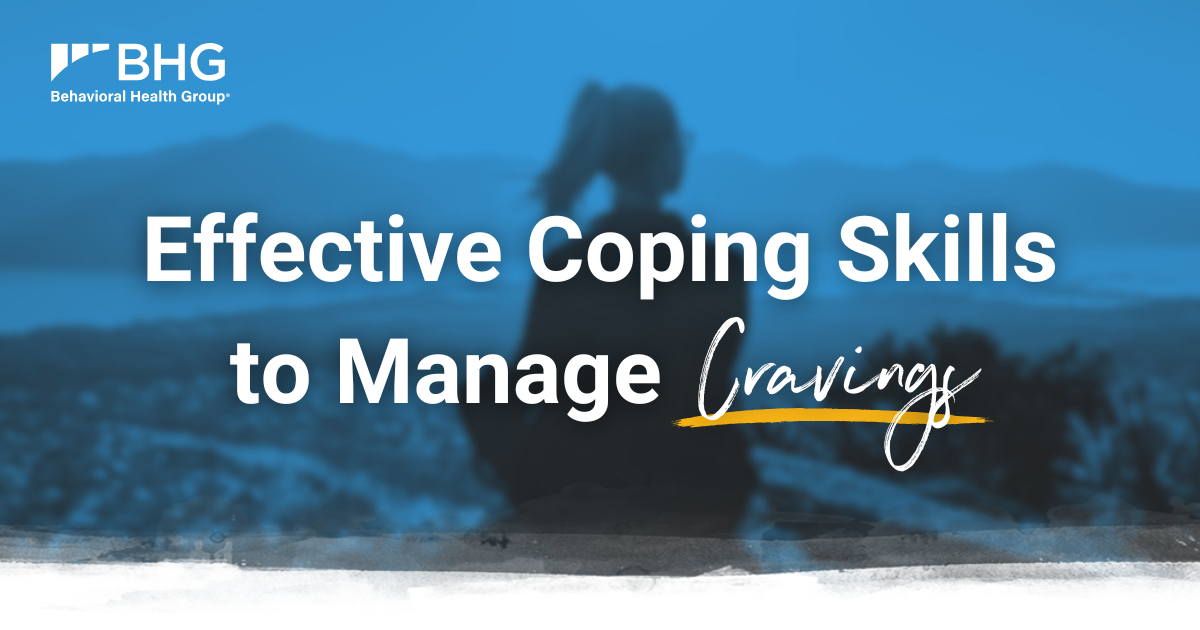
Cravings are one of the most common – and most challenging – parts of addiction recovery. They can happen when you’re stressed, celebrating or even when it’s quiet. But with the right coping skills, you can handle them and keep moving toward your goals.
From understanding cravings to identifying triggers, finding healthy distractions and building a relapse prevention plan, this guide offers practical, evidence-based ways to help you manage cravings and support your recovery and well-being.
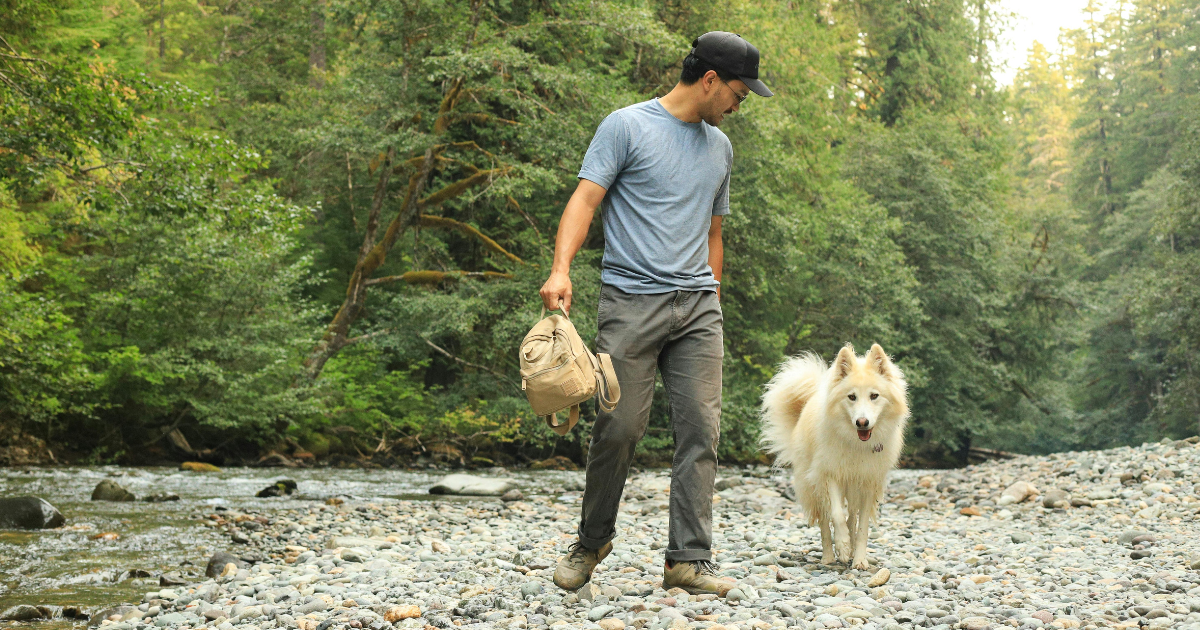
Understanding Cravings in Substance Use Disorder
Cravings are powerful urges to use substances like drugs or alcohol. They can feel intense, but they’re a normal part of recovery. Cravings happen because your brain and body are adjusting to life without substances.
When substance use becomes a habit, the brain’s reward system links certain people, places or feelings with using. Even after stopping, those cues can trigger cravings.
Cravings can be both physical and emotional:
- Physical cravings come from your body rebalancing. You might feel restless, tense or notice physical discomfort.
- Emotional cravings often follow stress, boredom, loneliness or reminders of past substance use.
The good news is that cravings are temporary. Most last anywhere between a few minutes to 30 minutes. Knowing they will pass makes it easier to ride out the urge without giving in.
Spotting the Early Signs of a Craving
Cravings often start small - with a thought, emotion or memory that grows if left unchecked. Learning to notice early signs gives you time to act before the urge builds.
Common signs include:
- A sudden change in mood, such as irritability or restlessness
- Thinking about using "just once" or telling yourself you can handle it
- Remembering past use positively or minimizing its negative effects
- Feeling drawn to specific people or places linked to using
When you notice these signs, take a pause. Remind yourself that cravings are temporary and manageable. This awareness helps you act intentionally before the craving takes control.

What are Triggers and How Can They Lead to Cravings?
While cravings are the urge to use, triggers are the things that set off that urge. Triggers can be internal or external – almost like tied to emotional states that remind your brain of past use.
Triggers vary by person. For some, it’s stress or loneliness. For others, it might be a place, smell, social setting or even excitement before a celebration.
Common Triggers to Watch For
- Emotional: stress, anger, boredom, grief or anxiety
- Social: being around people who use, social pressure or conflict
- Environmental: certain neighborhoods, sounds, smells or objects tied to past use
- Situational: special occasions, paydays or periods of isolation
How to Identify Triggers
Start by paying attention to patterns. Each time a craving happens, pause and reflect:
- What was I doing or thinking right before it started?
- Who was I with?
- Where was I?
- What emotion was I feeling?
Writing your thoughts in a journal or talking with a counselor can help you reveal patterns in your recovery. As your awareness grows, triggers become less surprising and less powerful.
Mindfulness and Meditation Practices
When a craving hits, your heart can race and your thoughts speed up. Mindfulness helps you slow down. It means paying attention to the present moment without judgment.
Noticing what’s happening - rather than fighting it - creates space to breathe and respond calmly. This turns a craving from an “emergency” into a wave you can ride out.
How Mindfulness Helps with Cravings
- Reduces stress and anxiety: which are common triggers for substance use.
- Creates awareness: helping you recognize cravings as temporary sensations, not commands.
- Improves self-control: by separating your thoughts from your actions - you can feel an urge without acting on it.
Simple Mindfulness Techniques to Try
You don’t need any special equipment or a long routine. Try:
- Deep Breathing: Sit or stand comfortably. Inhale slowly through your nose for four seconds, hold for two, then exhale through your mouth for six. Focus only on your breath. Repeat several times.
- Grounding with Your Senses: Notice five things you can see, four you can touch, three you can hear, two you can smell and one you can taste.
- Body Scan: Close your eyes and slowly move your attention from head to toe, releasing tension as you go.
- Guided Meditation: Apps like Insight Timer, Calm or Headspace offer short, supportive meditations designed for stress and recovery.
At first it may feel awkward, but practice trains your brain to pause before reacting. That pause is where choice lives.
Healthy Distractions and Positive Activities
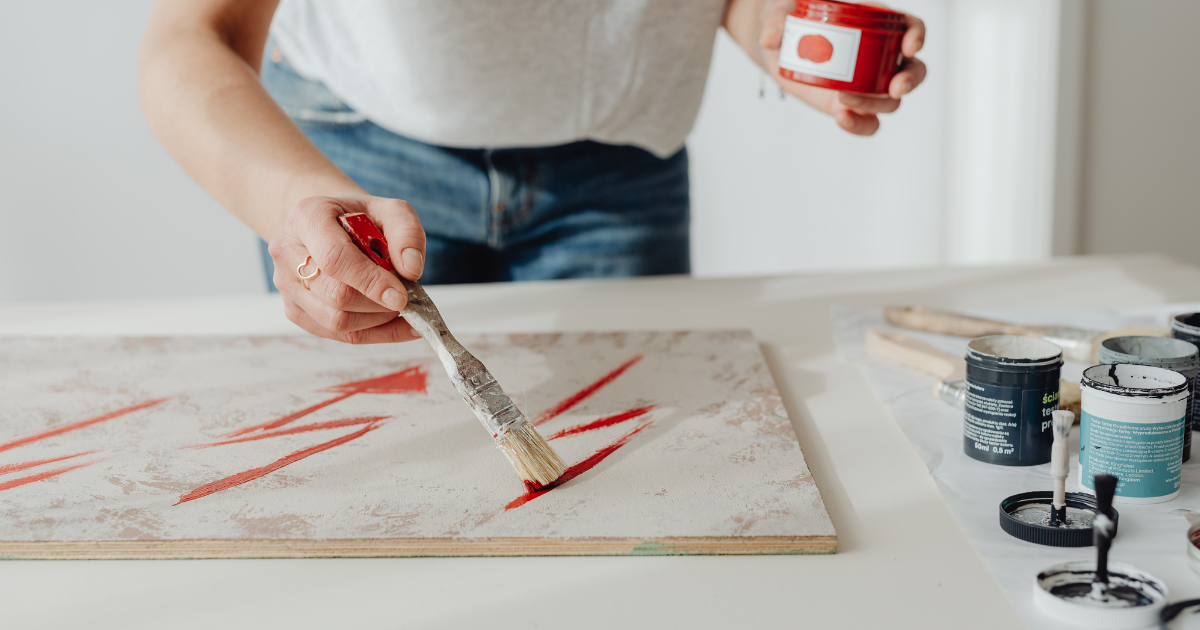
Cravings thrive on attention. The more you focus on them, the stronger they can feel. Focusing on something healthy can help you use your energy in a better way. It gives your mind and body something good to do.
Find What Works for You
The best distractions are the ones that fully engage your body, mind and emotions – and feel natural to you. Think about what already brings you a sense of calm, connection or satisfaction. Maybe it’s something you’ve done before – like cooking or spending time with a friend – but haven’t leaned on as part of your recovery yet.
Start there. Building on what already feels authentic helps recovery feel more achievable and personal. From that foundation, you can explore new, healthy outlets that fit your lifestyle and expand your sense of fulfillment.
Try exploring or building on what works best for you:
Physical Activities:
- Go for a walk, jog or bike ride
- Try yoga or stretching
- Do chores around the house or yard work
- Dance to your favorite upbeat music
Creative Outlets:
- Paint, draw, write or play music
- Cook or bake something new
- Work on a puzzle or small craft
Social and Emotional Activities:
- Call or visit a supportive friend or family member
- Attend a recovery group or peer meeting
- Volunteer or help someone else - it shifts focus outward
Cravings often show up during boredom, stress, or from being tired. Keep a short list of go-to activities on your phone or fridge so you can act before temptation builds. Each healthy choice strengthens new patterns in your brain and builds confidence.
Building a Relapse Prevention Plan
Recovery is a journey. A relapse prevention plan is your roadmap that gives you clear steps for what to do when cravings or stress appears.
Your plan should be simple, personal and practical. Here are some simple steps to help you build a plan:
- Identify your triggers: Write down the people, places, emotions or situations that tend to bring on cravings. Awareness is the first layer of protection.
- List your coping strategies: Include the mindfulness and distraction strategies that work best for you like, deep breathing, calling a support person or going for a walk.
- Create an emergency contact list: Choose a few trusted people you can reach out to if you feel overwhelmed - friends, family, counselors or your care team.
- Plan for high-risk situations: Think ahead about upcoming events or stressors. Have a backup plan such as bringing a friend who doesn't use substances, scheduling extra support sessions or leaving early if needed.
- Include positive, healthy routines: Add daily habits that support stability – like consistent sleep, balanced meals, physical activity or time outdoors. These habits strengthen your body and mind.
- Write down your reasons for recovery: List what motivates you to stay on this path — your family, your health, your goals, your peace of mind. When cravings come, these reminders help you refocus on what matters most.
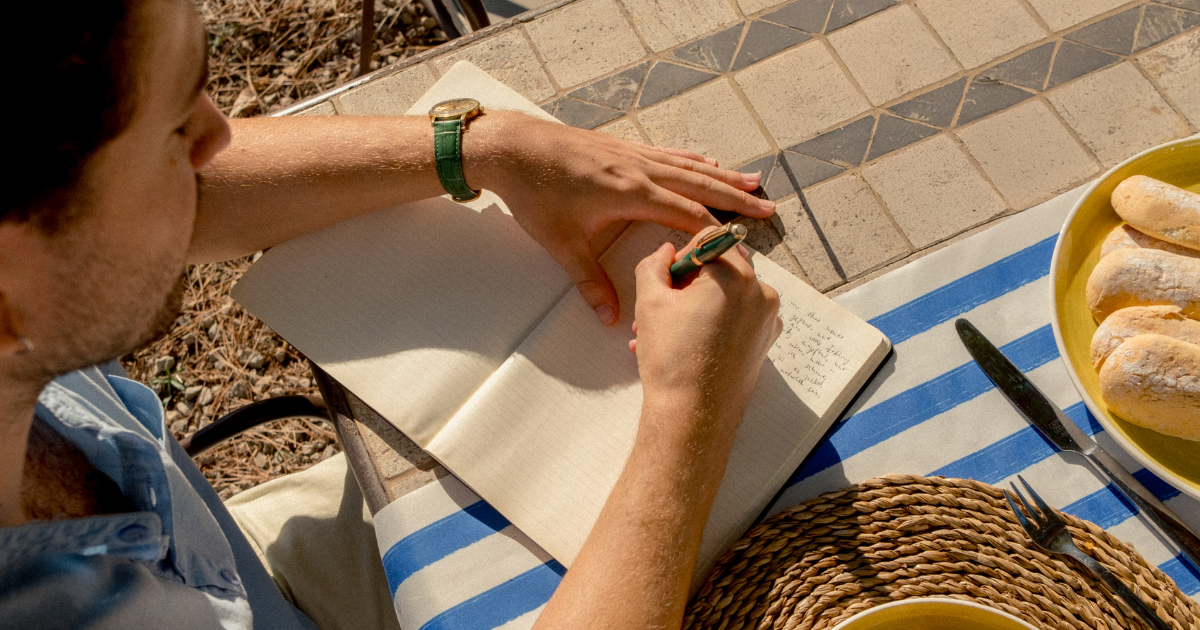
A relapse prevention plan isn’t about perfection - it’s about preparation. The more you refine it, the stronger your recovery foundation becomes.
The Role of Support Networks in Recovery
Recovery is not meant to be walked alone. Social support or having people who understand and encourage you can make all the difference, offering accountability, hope and connection.
Consider support from:
- Family and Friends: Loved ones can offer emotional encouragement, celebrate your progress and help you stay grounded.
- Therapy and Counseling: Licensed counselors and addiction specialists provide tools for coping with stress, triggers and emotions. Individual or group therapy can help you process challenges in a safe space.
- Peer Recovery Support: Having someone who has gone through recovery can give you helpful advice and support when you really need it.
- Online or Community Support: Find virtual groups and local centers that hold meetings where you can connect with others whenever and wherever you want.
If you’re building your support network, start small. These relationships form a circle of care overtime that helps you stay strong and supported.
Cognitive-Behavioral Coping Strategies
The way we think affects how we feel and how we act. In addiction recovery, cravings and setbacks often begin with a single thought like, “I can’t handle this” or “Just once won’t hurt.” Cognitive-behavioral therapy (CBT) helps you notice those thoughts and replace them with healthier, more balanced ones.
Try these CBT-inspired coping strategies:
- Pause and reflect: When a craving or difficult emotion appears, take a moment to pause before reacting. Ask yourself what’s really happening: “Am I feeling stressed, bored or upset?” Naming the emotion can reduce its power.
- Challenge negative thoughts: Pay attention to the “automatic thoughts” that come with cravings - like “I’ll never change” or “This feeling will never go away.” Replace them with balanced truths such as “This craving will pass” or “I’m learning to handle things differently.”
- Use positive self-talk: Speak to yourself the way you would to a friend. Encouraging statements like “I’ve handled this before” or “I’m making progress every day” help rewire your mindset toward becoming stronger.
- Problem-solve proactively: When a challenging situation comes up, brainstorm healthy ways to handle it instead of focusing on what could go wrong. The more you practice, the easier it becomes to handle stress without returning to old habits.
- Track your thoughts and progress: Journaling can help you notice patterns between your emotions, thoughts and cravings. After a while, you’ll start to see what triggers certain thoughts - and how your new coping skills in recovery are working.
Cognitive-behavioral tools take practice, but each time you pause, reframe a thought or choose a healthier response, you’re building new neural pathways that strengthen recovery.
Nutrition, Sleep and Physical Health
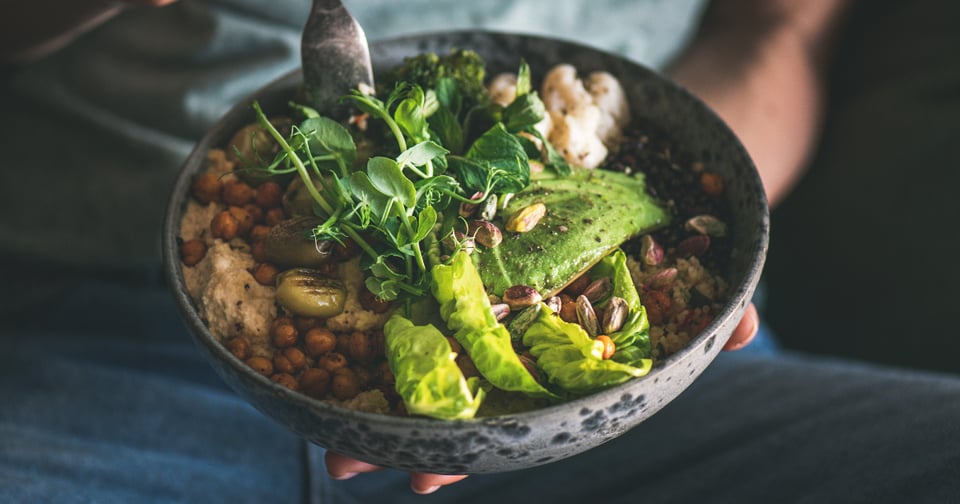
Recovery is about more than avoiding substances - it’s about rebuilding your whole self. Taking care of your body helps your mind stay strong, improves your mood and lowers the intensity of cravings.
Healthy habits don’t have to be complicated. Small, consistent choices can make a big difference over time.
- Nutrition: Eating balanced meals throughout the day helps stabilize blood sugar and mood. Focus on whole foods like fruits, vegetables, lean proteins and whole grains. Limit caffeine and sugar, which can trigger mood swings or restlessness.
- Hydration: Drinking plenty of water supports your body’s natural healing. Staying hydrated also improves focus and energy levels.
- Sleep: Rest restores your brain and body. Try to keep a consistent sleep schedule and aim for seven to nine hours each night. Avoid screens and caffeine before bed to help your body relax.
- Movement: Physical activity - whether walking, stretching or light exercise - releases endorphins that naturally reduce stress and support recovery.
Taking care of your physical health doesn’t just make you feel better; it strengthens your ability to handle cravings, stress and daily challenges. Each healthy choice reinforces the progress you’ve already made.
Specialized Approaches for Substance Use Disorder
For people recovering from opioid addiction or substance use disorder, cravings can be especially strong. Thankfully, there are proven medical treatments that make recovery safer and more successful.
Medications for Opioid Use Disorder (MOUD)
MOUD are the most common medications approved by the FDA used to treat opioid addiction and substance use disorder. When combined with counseling and other support services, MOUD helps individuals stabilize, rebuild and sustain recovery.
These medications work by balancing brain chemistry, easing withdrawal symptoms and reducing cravings, so people can focus on healing and building meaningful lives:
- Methadone: A long-acting medication that prevents withdrawal symptoms and reduces cravings without producing the same euphoric effects as opioids. It’s administered daily in an Opioid Treatment Program (OTP) under medical supervision, helping patients maintain stability.
- Buprenorphine: A partial opioid agonist that helps manage withdrawal symptoms and cravings while lowering the risk of misuse. It can be prescribed in both OTP and Office-Based Opioid Treatment (OBOT) settings, offering flexibility for patients depending on their level of care. Buprenorphine is available in several formulations, including Suboxone® (which combines buprenorphine with naloxone), typically prescribed in OBOT settings.
- Naltrexone: A non-opioid medication that blocks the effects of opioids (and alcohol in other cases) in the brain, helping prevent relapse. It’s available as a daily tablet (typically prescribed for alcohol use disorder) or monthly injection (Vivitrol®) and is often used once a person has been completely opioid free for at least 7-10 days.
When paired with counseling and other support services, MOUD provides a whole-person approach to treatment.

Learn How to Manage Cravings at BHG
Recovery takes courage, and sometimes that courage means reaching out for extra support. If cravings begin to feel too strong or your coping strategies aren’t enough, professional care can help offer the structure, guidance and support you need to stay on track.
At Behavioral Health Group (BHG), we understand that recovery looks different for everyone. Our treatment programs combine MOUD with counseling, peer support, case management and other support services to help individuals build confidence, resilience and lasting change.
If you or someone you care about is struggling with substance use disorder, we’re here to help. Visit our website to find a BHG treatment center near you, or call 844-535-7291 to speak with one of our compassionate team members today. For community or healthcare partners, patient referrals can be made by submitting an online referral form or by calling 866-763-2244.
Your path to recovery begins with hope - and BHG is here to walk it with you.
Build Your Own Recovery Plan Using the Empowerment Toolkit
Creating a relapse prevention plan is easier with the right tools. The BHG Empowerment Toolkit includes a Personal Recovery Plan Worksheet to help you put what you’ve learned into action.
You can use it to:
- Clarify your short- and long-term goals
- Identify your triggers and support network
- Write down what to do when cravings or stress feel overwhelming
The toolkit also features daily affirmation cards to remind you of your strength and progress throughout recovery.
Reviewed by the BHG Clinical Team
This content has been reviewed by Behavioral Health Group’s clinical team to ensure medical accuracy, alignment with evidence-based practices and consistency with our mission of providing compassionate, effective care for individuals facing substance use disorder.

